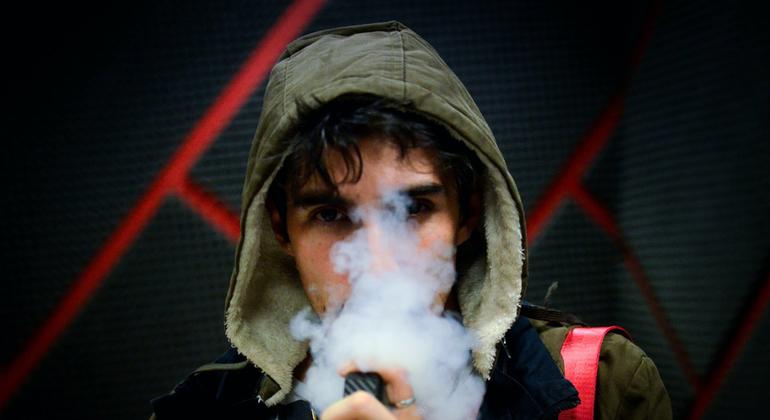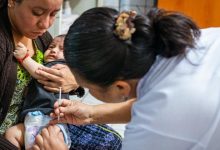The WHO is Urging Preventive Measures as Teen Alcohol and Nicotine Use Rises in Europe
 Substance use is on the rise among teenagers in Europe, Central Asia and Canada and girls now match or even exceed boys when it comes to smoking and drinking, the World Health Organization (WHO) said in a new report on Thursday.
Substance use is on the rise among teenagers in Europe, Central Asia and Canada and girls now match or even exceed boys when it comes to smoking and drinking, the World Health Organization (WHO) said in a new report on Thursday.
Data covering all three areas revealed that more than one in two 15-year-olds experimented with alcohol, while one in five teenagers recently used e-cigarettes, the UN health agency said, in a call for urgent preventive measures.
“The widespread use of harmful substances among children in many countries across the European Region – and beyond – is a serious public health threat,” said Hans Kluge, WHO Regional Director for Europe.
“Considering that the brain continues to develop well into a person’s mid-20s, adolescents need to be protected from the effects of toxic and dangerous products.”
Alcohol prevails, e-cigarettes follow
Alcohol use remains prevalent among teenagers; 57 per cent of 15-year-olds claim to have tried it and 37 per cent drinking it within the last month. Roughly one in 10 young people across all age groups HAS experienced significant drunkenness, including being drunk at least twice in their lifetime. This rate climbs from five per cent at age 13 to 20 per cent by age 15, demonstrating an escalating trend in alcohol abuse among youngsters.
E-cigarettes have also surged in popularity, surpassing traditional cigarettes, with 32 per cent of 15-year-olds trying them and 20 per cent using them in the last 30 days. This compares with 25 per cent of 15-year-olds who have smoked a conventional cigarette in their lifetime and 15 per cent who tried one in the past month.
Perhaps surprisingly, cannabis use slightly declined: 12 per cent of 15-year-olds surveyed tried it in 2022, compared with 14 per cent in 2018. Early cannabis use can lead to dependence and problematic use patterns later in life, the report warns.
The report also highlighted that although boys have traditionally drunk and smoked more than girls, this trend appears to be changing, with girls either matching or even exceeding boys in smoking, alcohol, and e-cigarette use by age 15.
Harmful product placement
WHO experts expressed alarm at product placement for all substances in video games, entertainment programmes and other content aimed at young people via multimedia platforms, in a call for the implementation of comprehensive preventive measures.
“Today, children are constantly exposed to targeted online marketing of harmful products, while popular culture, like video games, normalizes them,” Dr Kluge said. To preserve the health of youngsters, WHO is already working with countries to protect them from toxic and addictive products that could affect their quality of life in the years.
To curb alcohol, nicotine, and tobacco use among youngsters, WHO wants countries to raise taxes, restrict product availability and sales locations, enforce the minimum legal purchasing age.
The UN health agency has also called for all flavourings to be prohibited, including menthol, in nicotine and tobacco products, while also imposing a comprehensive ban on advertising across mainstream and social media platforms.
Garrett is a skilled author driven by a desire to illuminate global issues through his writing. With a foundation in journalism and international relations, he offers a distinctive viewpoint in his work, exploring the complexities of geopolitical events in depth.




It’s concerning to see that teenage alcohol and nicotine use is increasing in Europe. Girls now match or even exceed boys in smoking and drinking, which is alarming. Preventive measures must be urgently implemented to protect adolescents from the harmful effects of these toxic substances.
Are there specific measures being proposed to address the increase in teen alcohol and nicotine use?
Yes, the WHO report highlights the urgent need for preventive measures to tackle the rise in teen alcohol and nicotine use. Specific strategies such as stricter regulations on sales, enhanced public awareness campaigns, and better access to support services for teenagers are being recommended to address this concerning trend.
It’s concerning to see that teenage girls are now matching or even exceeding boys in smoking and drinking habits. The report from the WHO highlights the urgent need for preventive measures to protect adolescents from the harmful effects of these substances. We must prioritize their health and well-being.